"About AEACP." The Asian Elephant Art and Conservation Project. Retrieved October 18, 2014.
- Available at: http://www.elephantart.com/catalog/aboutus.php
"African Elephant." National Geographic Society: Animals > Mammals. Retrieved October 18, 2014.
- Available at: http://animals.nationalgeographic.com/animals/mammals/african-elephant/
"Asian Elephant." National Geographic Society: Animals > Mammals. Retrieved October 18, 2014.
- Available at: http://animals.nationalgeographic.com/animals/mammals/asian-elephant/
"Chang Thai National Thai Elephant Day, March 13, 2002." Welcome to Chiangmai and Chiangrai Magazine. Infothai CM Co. Ltd. Retrieved October 18, 2014.
- Available at: http://www.chiangmai-chiangrai.com/elephants_national_day.html
Choudhury, A.; Lahiri Choudhury, D.K.; Desai, A.; Duckworth, J.W.; Easa, P.S.; Johnsingh, A.J.T.; Fernando, P.; Hedges, S.; Gunawardena, M.; Kurt, F.; Karanth, U.; Lister, A.; Menon, V.; Riddle, H.; Rübel, A.; Wikramanayake, E. 2008. "Elephas maximus." IUCN Red List of Threatened Species. Version 2012.2. International Union for Conservation of Nature and Natural Resources. Retrieved October 18, 2014.
- Available at: http://www.iucnredlist.org/details/full/7140/0
Dawson, S.; and Blackburn, T.M. 1991. "Asian Elephant Threatened." Nature 352:274.
"Elephant Art Is Popular." Welcome to Chiangmai and Chiangrai Magazine. Infothai CM Co. Ltd. Retrieved October 18, 2014.
- Available at: http://www.chiangmai-chiangrai.com/elephant_art.html
"Elephant Painting." Thai Elephant Conservation Center: Activities. Hang Chat, Lampang, Thailand. Retrieved October 18, 2014.
- Available at: http://www.thailandelephant.org/en/painting.html
"Elephants as Artists." Welcome to Chiangmai and Chiangrai Magazine. Infothai CM Co. Ltd. Retrieved October 18, 2014.
- Available at: http://www.chiangmai-chiangrai.com/elephant_art04.html
Fernando, P.; Pfrender, M.E.; Encalada, S.E.; and Lande, R. 2000. "Mitochondrial DNA Variation, Phylogeography and Population Structure of the Asian Elephant." Heredity 84:362–372.
Fleischer, R.C.; Perry, E.A.; Muralidharan, K.; Stevens, E.E.; and Wemmer, C.M. 2001. "Phylogeography of the Asian Elephant (Elephas maximus) Based on Mitochondrial DNA." Evolution 55:1882–1892.
Gabriel, Richard A. 2011. Hannibal: The Military Biography of Rome's Greatest Enemy. Potomac Books.
George, Dick. 1995. Ruby, The Painting Pachyderm of the Phoenix Zoo. New York, NY: Delacorte Press.
Hartl, G.B.; Kurt, F.; Tiedemann, R.; Gmeiner, C.; Nadlinger, K.; Mar, K.U.; and Rübel, A. 1996. "Population Genetics and Systematics of Asian Elephant (Elephas maximus): A Study Based on Sequence Variation at the cyt b Gene of PCR-amplified Mitochondrial DNA from Hair Bulbs." Zeitschrift für Säugetierkunde 6:285-294.
Kemf, E.; and Santiapillai, C. 2000. Asian Elephants in the Wild: A WWF Species Status Report. Gland, Switzerland: World Wildlife Fund-International.
Kipling, Rudyard. 1894. The Jungle Book. Illustrated by John Lockwood Kipling. London, england: Macmillan Publishers.
Kistler, John M. 2006. War Elephants. Westport, CT: Praeger.
Komar; and Melamid, with Mia Fineman. 2000. When Elephants Paint: The Quest of Two Russian Artists to Save the Elephants of Thailand. Introduction by Dave Eggers. Photographs by Jason Schmidt. New York, NY: HarperCollins Publishers Inc.
Lair, Richard C. 1997. Gone Astray: The Care and Management of the Asian Elephant in Domesticity. Bangkok, Thailand: Food and Agriculture Organization of the United Nations Regional Office for Asia and the Pacific.
Leimgruber, P.; Gagnon, J.B.; Wemmer, C.M.; Kelly, D.S.; Songer, M.A.; and Selig, E.R. 2003. "Fragmentation of Asia’s Remaining Wildlands: Implications for Asian Elephant Conservation." Animal Conservation 6:347–359.
Menon, V. 2002. Tusker: the Story of the Asian Elephant. New Delhi, India: Penguin Books.
Nozawa, K.; and Shotake, T. 1990. "Genetic Differentiation among Local Populations of Asian Elephant." Zeitschrift fur Zoologische Systematik und Evolutionsforschung 28:40–47.
Olivier, R. 1978. "Distribution and Status of the Asian Elephant." Oryx 14:379–424.
Santiapillai, C.; and Jackson, P. 1990. The Asian Elephant: An Action Plan for its Conservation. Gland, Switzerland: International Union for Conservation of Nature and Natural Resources.
Scullard, H.H. 1953. "Ennius, Cato, and Surus." The Classical Review 3(3/4):140–142.
Shand, Mark. 21 July 2012. "The Agonising Blows That Expose the Evil Secrets of Thailand's Elephant Tourism Con: The Duchess of Cornwall's Brother Tells How Baby Elephants Are Brutally Starved and Tortured." Daily Mail Online: News. London, England: Associated Newspapers Ltd. Retrieved October 18, 2014.
- Available at: http://www.dailymail.co.uk/news/article-2176957/The-agonising-blows-expose-evil-secrets-Thailands-elephant-tourism-The-Duchess-Cornwalls-brother-tells-baby-elephants-brutally-starved-tortured.html
Sherrard, Melissa. “Asian Elephant Art Conservation Projects.” eHow: Business > Business & Society > Other Business & Society. Demand Media, Inc. Retrieved October 18, 2014.
- Available at: http://www.ehow.com/info_8106236_asian-elephant-art-conservation-projects.html
Shoshani, J.; and Eisenberg, J.F. 1982. "Elephas maximus." Mammalian Species 182:1–8.
Sukumar, R. 1992. The Asian Elephant: Ecology and Management. Second edition. Cambridge, U.K.: Cambridge University Press.
Sukumar, R. 2003. The Living Elephants: Evolutionary Ecology, Behavior, and Conservation. Oxford, U.K.: Oxford University Press.
Wilford, John Noble. 18 September 1984. "The Mystery of Hannibal's Elephants." The New York Times: U.S. Edition > Science. Retrieved October 18, 2014.
- Available at: http://www.nytimes.com/1984/09/18/science/the-mystery-of-hannibal-s-elephants.html
World Wide Fund for Nature. 2002. Saving a Future for Asia’s Wild Rhinos and Elephants. WWF’s Asian Rhino and Elephant Action Strategy. Gland, Switzerland: World Wide Fund-International.


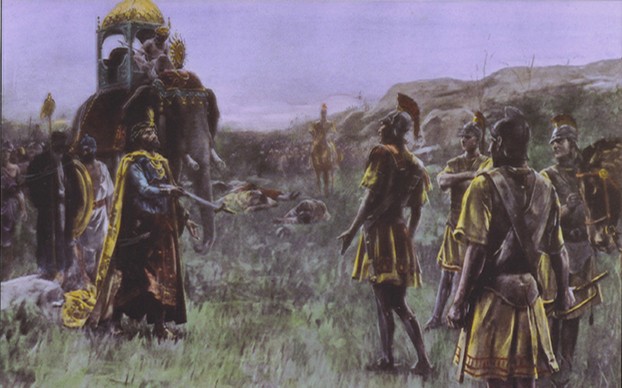
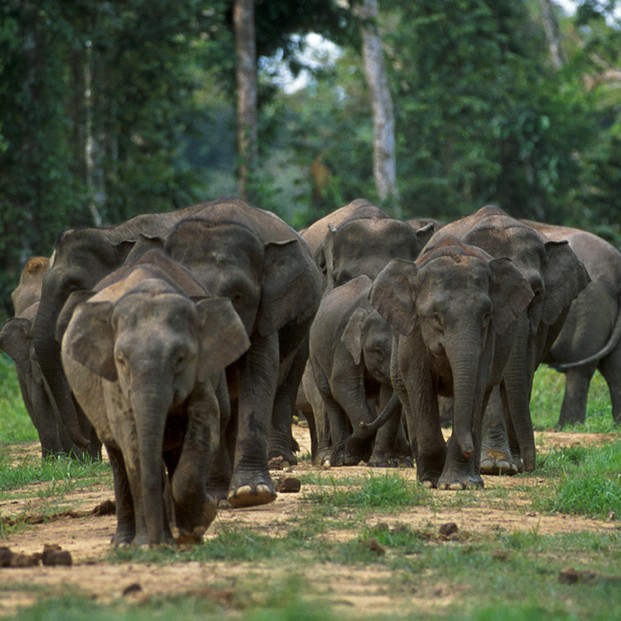
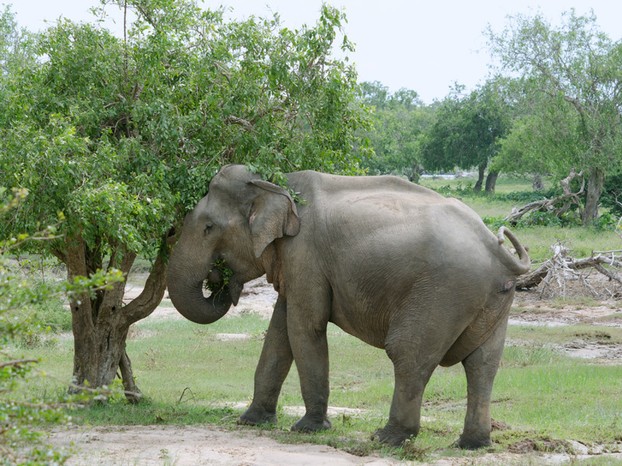
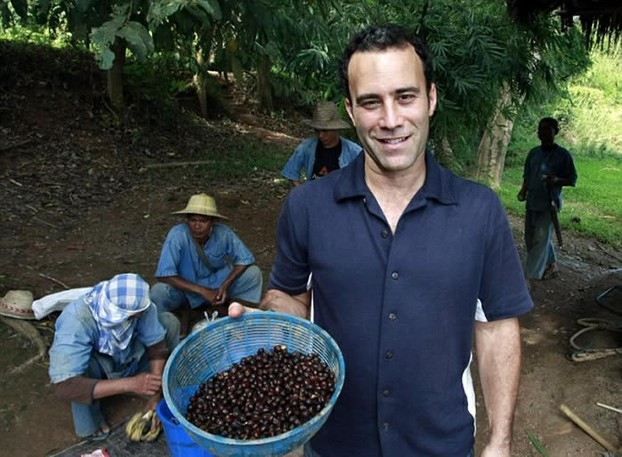
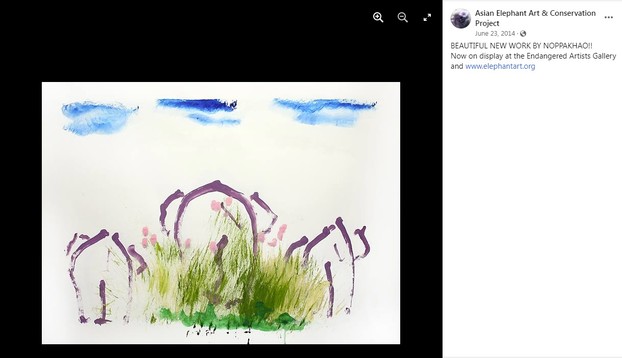
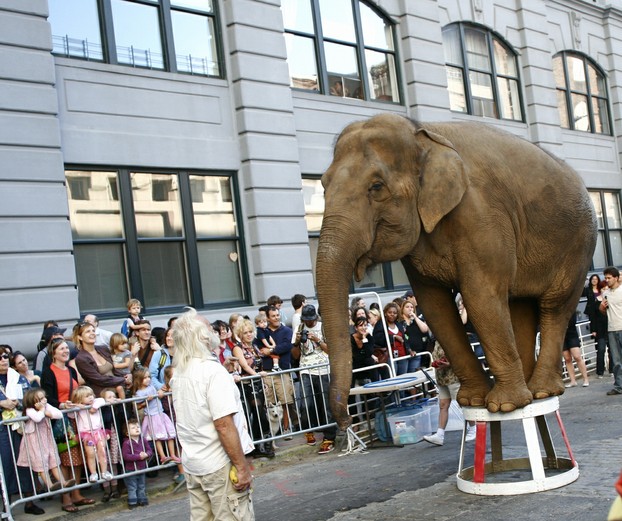
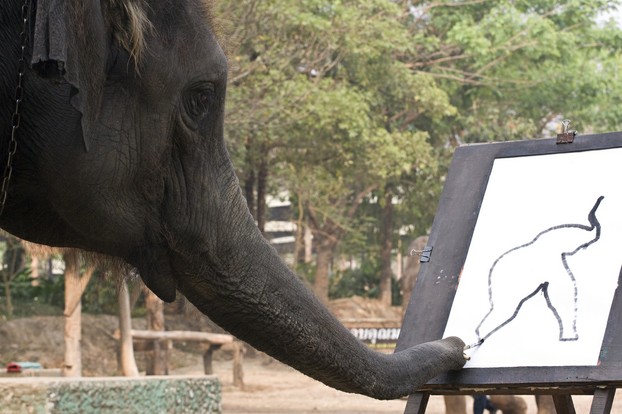
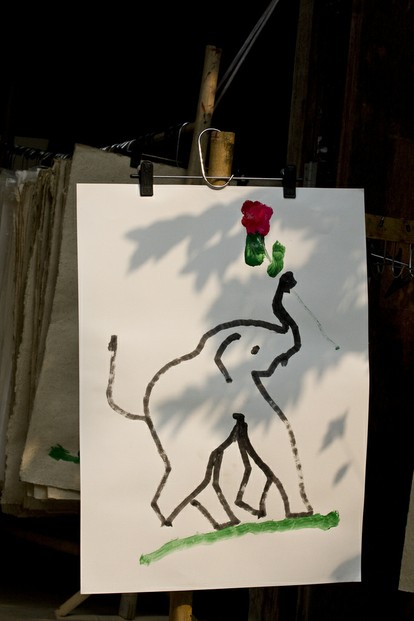
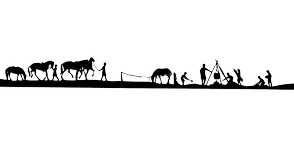




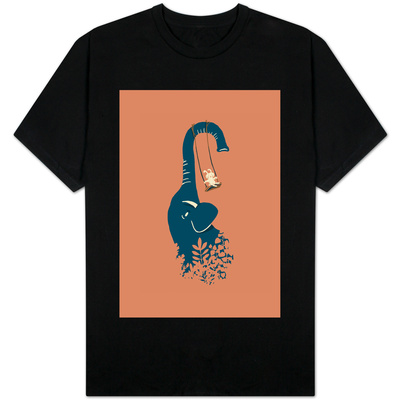

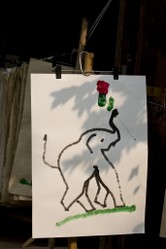

 Are Hawaiian Huakai Po Nightmarchers Avenging Halloween Thursday?on 10/02/2024
Are Hawaiian Huakai Po Nightmarchers Avenging Halloween Thursday?on 10/02/2024
 Mailing Addresses for 2023 Form 4868 Extending 1040 and 1040SR April 15, 2024, Due Dateon 04/15/2024
Mailing Addresses for 2023 Form 4868 Extending 1040 and 1040SR April 15, 2024, Due Dateon 04/15/2024
 Mailing Addresses for 2023 Forms 1040 and 1040SR Filed in 2024on 04/15/2024
Mailing Addresses for 2023 Forms 1040 and 1040SR Filed in 2024on 04/15/2024
 Mailing Addresses for 2022 Form 4868 Extending 1040 and 1040SR April 18, 2023, Due Dateon 04/13/2023
Mailing Addresses for 2022 Form 4868 Extending 1040 and 1040SR April 18, 2023, Due Dateon 04/13/2023

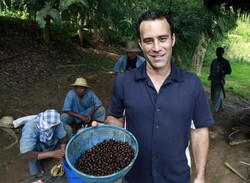
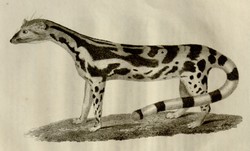
Comments
Guest Commenter, Thank you for appreciating the coffee and the art that such talented entrepreneurs as Blake Dinkin, Vitaly Anatolyevich Komar and Alexander Melamid facilitate. Yes, the artwork of elephants -- my favorite among animal artists -- is impressive, sensitive and unique.